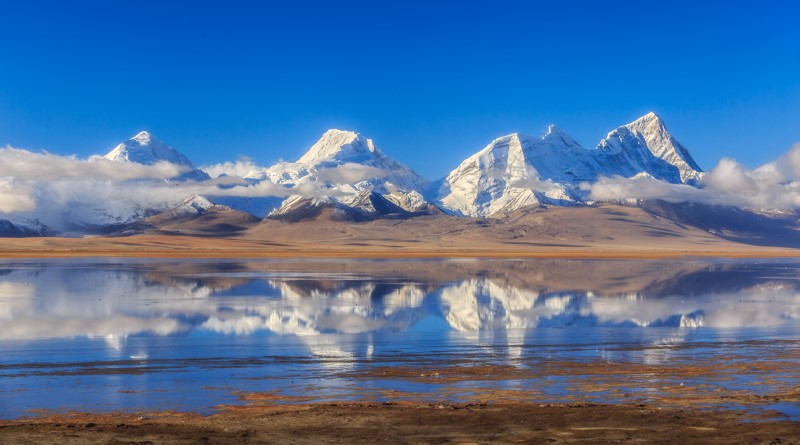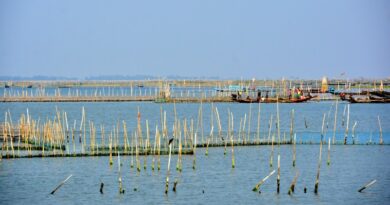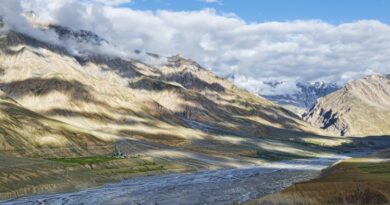Many of world’s water towers may not survive 21st century, warn experts

Glaciers across many regions may not survive the 21st century if they keep melting at the current rate, potentially jeopardising hundreds of millions of people living downstream and threatening their water supplies, UN climate experts have warned.
Stating that five of past six years have seen most rapid glacier retreat on record, the experts said in many regions, what used to be called glaciers’ “eternal ice” will not survive the 21st century.
Together with ice sheets in Greenland and Antarctica, glaciers lock up about 70 per cent of the world’s freshwater reserves. They are striking indicators of climate change as they typically remain about the same size in a stable climate.
But, with rising temperatures and global warming triggered by human-induced climate change, they are melting at unprecedented speed, said Sulagna Mishra, a scientific officer at the World Meteorological Organization (WMO).
According to reports from the WMO and the World Glacier Monitoring Service (WGMS), more than 275,000 glaciers worldwide cover approximately 700,000 km². Together with ice sheets, glaciers store about 70 per cent of the global freshwater resources. High mountain regions are the world’s water towers.
Depletion of glaciers, therefore, threatens supplies to hundreds of millions of people who live downstream and depend on the release of water stored over past winters during the hottest and driest parts of the year. In the short-term, glacier melt increases natural hazards like floods.
“WMO’s State of the Global Climate 2024 report confirmed that from 2022-2024, we saw the largest three-year loss of glaciers on record. Seven of the ten most negative mass balance years have occurred since 2016,” said WMO Secretary-General Celeste Saulo.
“Preservation of glaciers is a not just an environmental, economic and societal necessity. It’s a matter of survival,” she said.
Based on a compilation of worldwide observations, the World Glacier Monitoring Service estimates that glaciers (separate from the continental ice sheets in Greenland and Antarctica) have lost a total of more than 9,000 billion tons since records began in 1975.
“This is equivalent to a huge ice block of the size of Germany with a thickness of 25 meters, said WGMS Director Professor Michael Zemp.
The 2024 hydrological year marked the third year in a row in which all 19 glacier regions experienced a net mass loss. Glacier mass loss was 450 billion tons in the 2024 hydrological year – the fourth most negative year on record. While the mass loss was relatively moderate in regions like the Canadian Arctic or the Greenland periphery, the glaciers in Scandinavia, Svalbard, and North Asia experienced their largest annual mass loss on record.
In the 500-mile-long Hindu Kush mountain range, located in the western Himalayas and stretching from Afghanistan to Pakistan, the livelihoods of more than 120 million farmers are under threat from glacial loss, Mishra said, noting that the mountain range has been dubbed the “third pole” because of the extraordinary water resources it holds
Despite these vast freshwater reserves, it may already be too late to save the glaciers for future generations.
If emissions of warming greenhouse gases are not slowed “and the temperatures are rising at the rate they are at the moment, by the end of 2100, we are going to lose 80 per cent of the small glaciers” across Europe, East Africa, Indonesia and elsewhere, said Mishra.
The first World Day for Glaciers was celebrated on March 21, a day before the World Water Day is celebrated every year.



